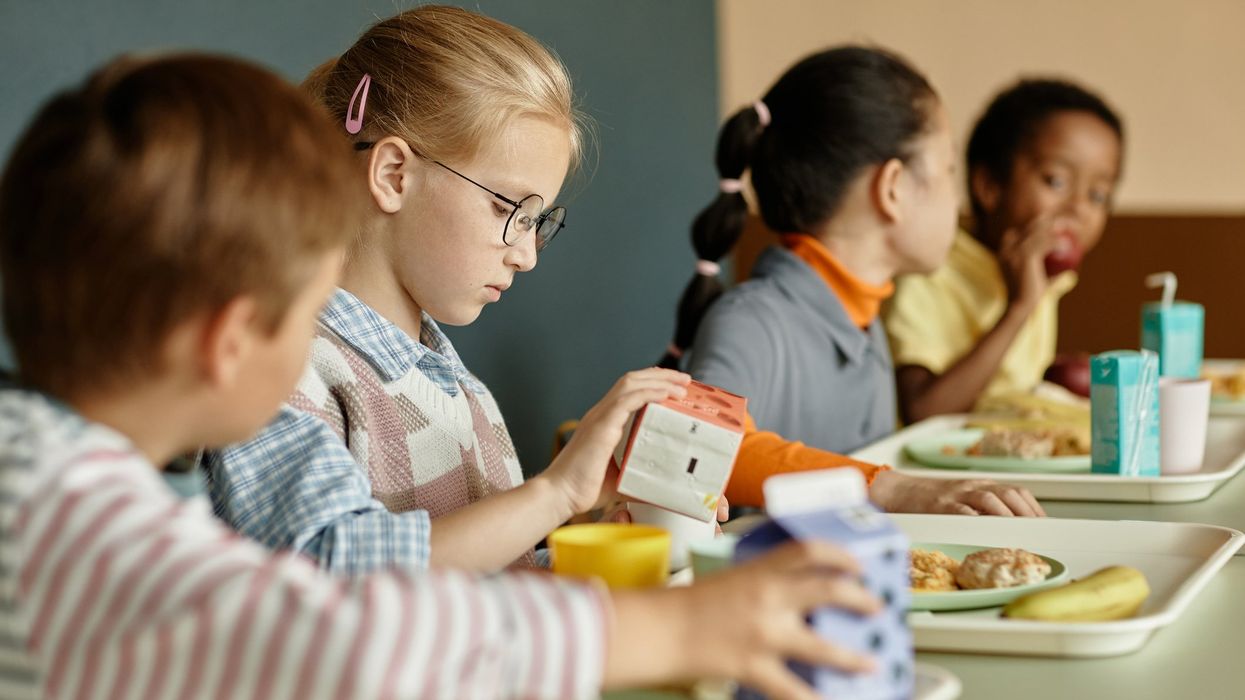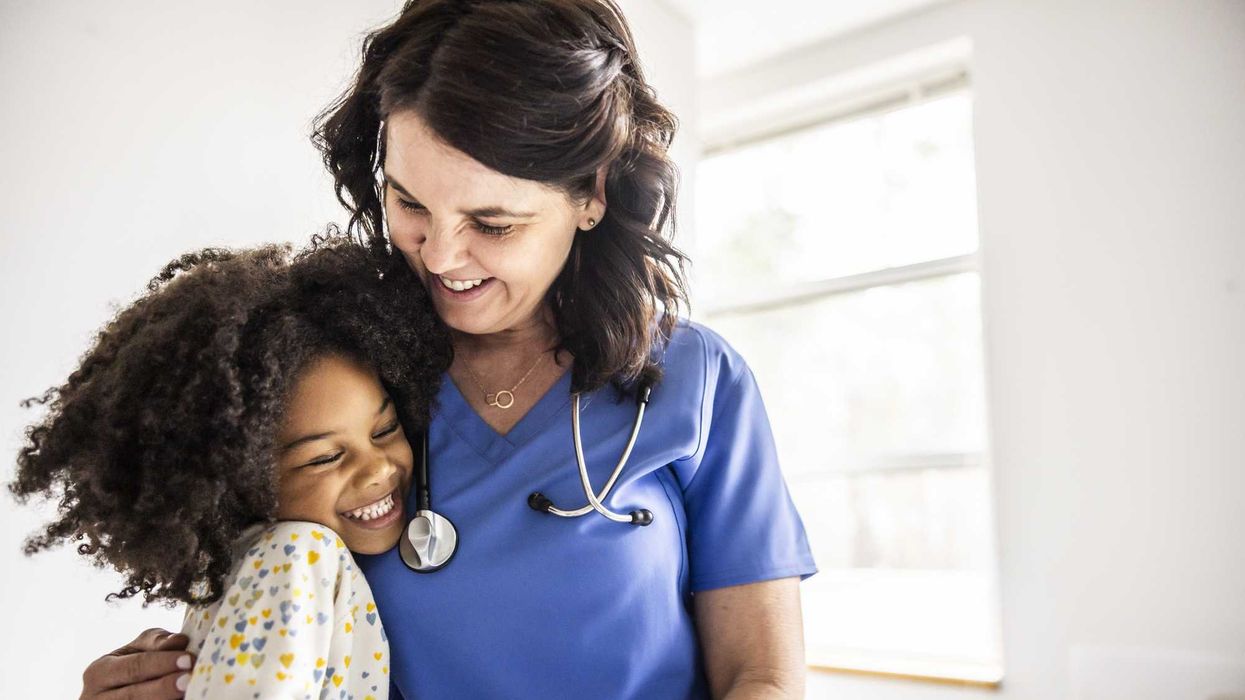Boo wasn’t afraid of monsters. In Monster, Inc., a popular Disney animated film, the wide-eyed, giggling little girl toddled fearlessly through a world of towering, furry creatures—completely unfazed by their fangs, claws, or booming voices. The only thing that scared her was Randall, the lurking, slithering villain who threatened her safety.
I once met a little girl just like Boo. She was about three years old, her hair tied up in tiny ponytails, her eyes filled with curiosity. At a food site I visited during my evaluation of the USDA’s Summer Food Service Program (SFSP), she struggled to climb onto the picnic bench, her small hands gripping the edge as she hoisted herself up. When she finally settled, she shared something no child should ever have to say: “When I stay with my dad, we don’t always eat lunch.”
Unlike Boo, the monsters in her world weren’t make-believe. Her Randall wasn’t a shadowy figure hiding in a closet—it was food insecurity and hunger. And unlike the happy ending of a Disney film, where heroes swoop in to save the day, the story for children like her is being rewritten in the worst way.
With the recent policy decision to remove $1 billion in USDA funding that helps supply food banks and school meal programs, the safety net that once protected children from hunger is unraveling. The boogeyman of food insecurity is creeping closer, not just in the shadows but in classrooms, cafeterias, and homes where empty stomachs are becoming more common. As someone who led the first-ever evaluation of Wisconsin’s SFSP, I know firsthand how vital these programs are. I trained both undergraduate students and high schoolers in Youth Participatory Action Research (YPAR) methods to help examine the barriers students and families faced in accessing food. What we found was clear: these meal programs were a lifeline—one that was already stretched too thin.
The decision to cut funding for food banks and school meals is more than a budgetary shift—it is a fundamental abdication of our collective responsibility to care for one of our most valuable populations: children. This is not just about dollars and cents; it is about whether we, as a society, believe that no child should go hungry.
There is a unique cruelty in a government that cuts funding for food banks and schools, depriving the nation’s most vulnerable—especially children—of essential support. It has long been recognized that certain groups, such as children and the elderly, require special protections. Yet, this government has crossed a moral line, betraying the fundamental social covenant to care for those in greatest need.
Ensuring that children have access to food in school is not just a practical necessity—it is an ethical obligation. Access to food is a fundamental human right. Denying children food in school violates their right to adequate nutrition and overall well-being. We know from science that hungry children struggle to concentrate, retain information, and perform academically. If some students cannot access food, their learning experience is inherently unequal.
Moreover, investing in child nutrition reduces future social costs related to healthcare, crime, and economic disparity. Ethically, society has a responsibility to prevent harm and promote well-being. The USDA’s decision to cut funding will not only hurt children today but will have devastating long-term effects on education, health, and economic stability.
This crisis calls for action from all of us. But how can we make a difference? We can push back against harmful cuts by raising awareness through sharing research, facts, and personal stories on social media to highlight their impact. Mobilizing at town halls and community gatherings will help us discuss how these cuts affect schools and families. We should engage with organizations like faith-based groups, nonprofits, and food pantries to speak out and advocate for change. Additionally, we must demand policy changes by urging local representatives to speak up and contacting state and federal policymakers with specific complaints and personal stories. Joining or forming coalitions can apply pressure on decision-makers to push for change, while volunteering at food banks or school meal programs can help address gaps caused by funding cuts. Fundraising for local efforts to provide meals to families in need and collaborating with businesses to create food donation programs can also make a difference. Holding leaders accountable by amplifying their positions on food security and supporting those advocating for robust social safety nets is crucial. Finally, encouraging voter participation and tracking leaders' voting records on food insecurity issues will help ensure lasting change. Together, we can make a difference.
In Monsters, Inc., laughter had the power to change the world. In our world, it’s action that makes the difference. These children don’t need magic or make-believe heroes—they need real people who will stand up, speak out, and demand that no child goes hungry. Because this time, the monster is real. And the only way to defeat it is by coming together.
In the world of Monstropolis, monsters once stole screams from children to generate energy. But when they discovered that laughter and happiness were far more powerful than fear, everything changed. We want children to experience joy and happiness, not live in fear and uncertainty. Let’s make that a reality.
Dr. Anthony Hernandez, a faculty member in the Department of Educational Policy Studies at the University of Wisconsin—Madison (UW-Madison), received a research award from the National Academy of Education/Spencer Foundation for his study on leadership in higher education. He has been recognized with four teaching awards at UW-Madison. He led the evaluation of the U.S. Department of Agriculture Summer Food Service Program (SFSP) in Dane County, Wisconsin for two years.



















